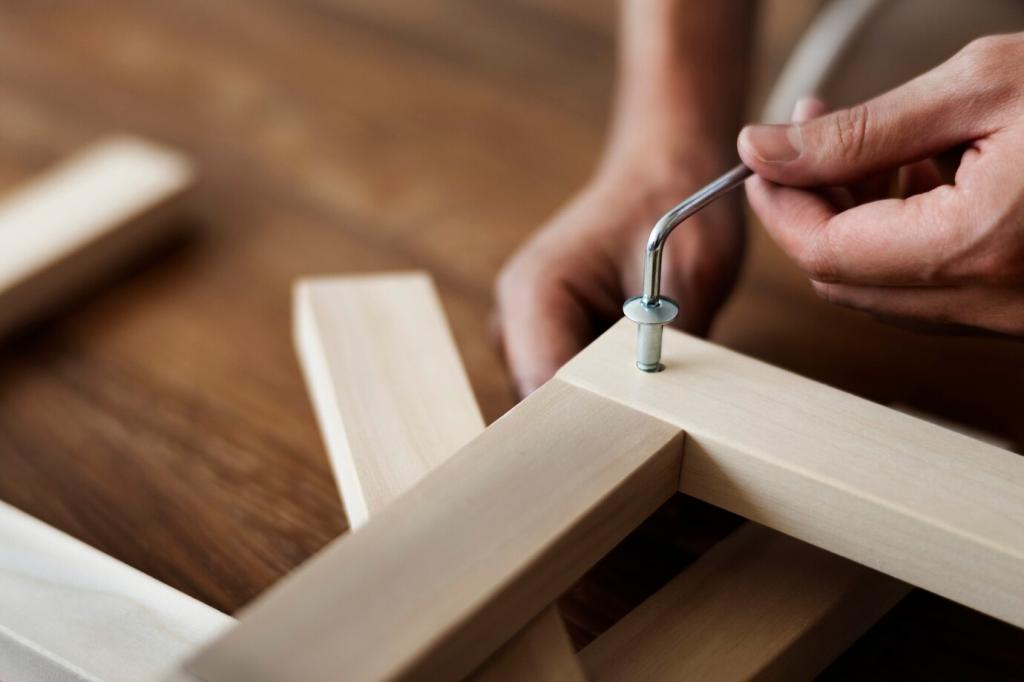Make It Last: The Ultimate Guide to Long-Lasting Furniture Through Proper Cleaning
Chosen theme: Ultimate Guide to Long-Lasting Furniture Through Proper Cleaning. Welcome to a friendly, fact-based roadmap where small, consistent cleaning habits add years to beloved pieces. Join the conversation—share your routines, ask questions, and subscribe for practical checklists and seasonal reminders.
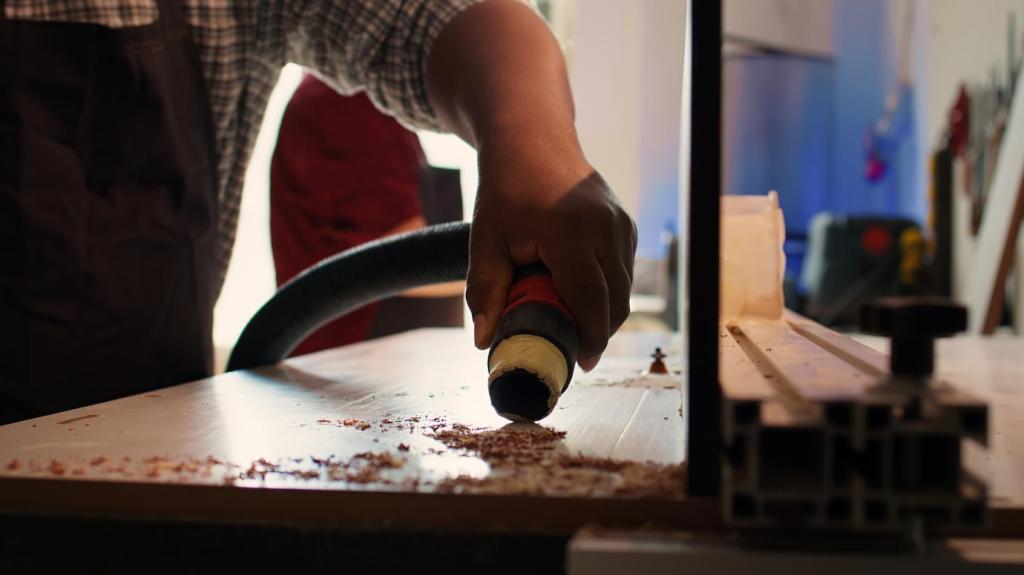
The Science Behind Cleaning That Extends Furniture Life
Invisible grit grinds into finishes whenever you sit, slide decor, or wipe in a hurry. Weekly microfiber dusting with gentle strokes lifts particles safely, reducing abrasion and preserving protective coatings, which slows dulling, micro-scratches, and costly refinishing.
The Science Behind Cleaning That Extends Furniture Life
Alkaline or acidic cleaners can strip wood and leather finishes or etch natural stone. Choose pH‑neutral formulas, dilute correctly, and always test in a hidden spot. Material compatibility today prevents discoloration, weakened sealants, and warranty issues tomorrow.
The Science Behind Cleaning That Extends Furniture Life
Excess water swells wood fibers and warps veneers; too little conditioning dries leather and cracks seams. Trapped moisture rusts fasteners and breeds mildew. Work with lightly damp cloths, dry thoroughly, ventilate, and maintain steady indoor humidity year‑round.
Wood Furniture Care: Grain, Finish, and Routine
Dust With the Grain, Not Against It
Use a clean microfiber cloth, folded often to expose fresh sides, and glide along the grain. This simple weekly habit removes abrasive dust without pushing it into pores, preserving sheen, clarity, and crisp edges on tabletops and legs.
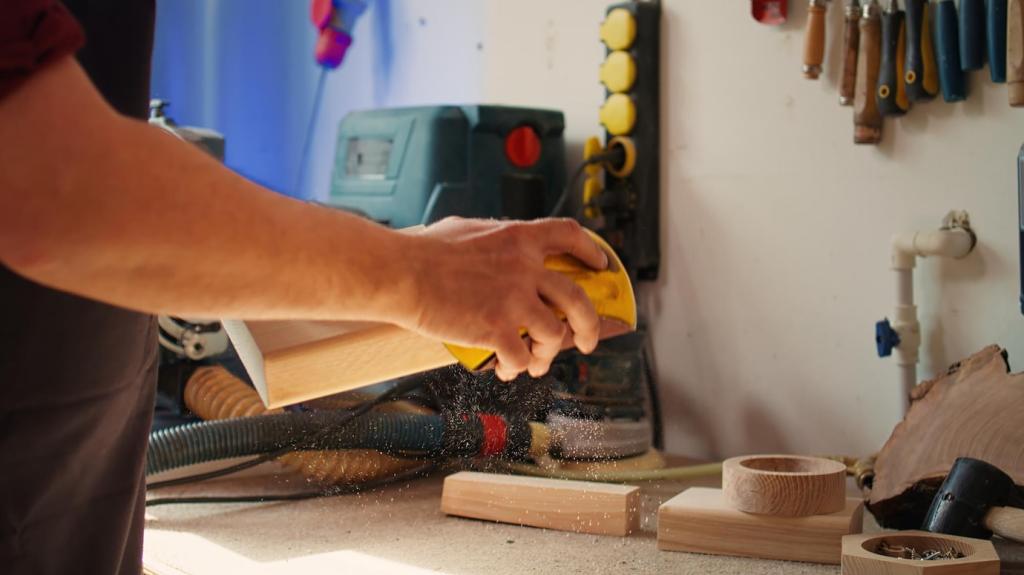
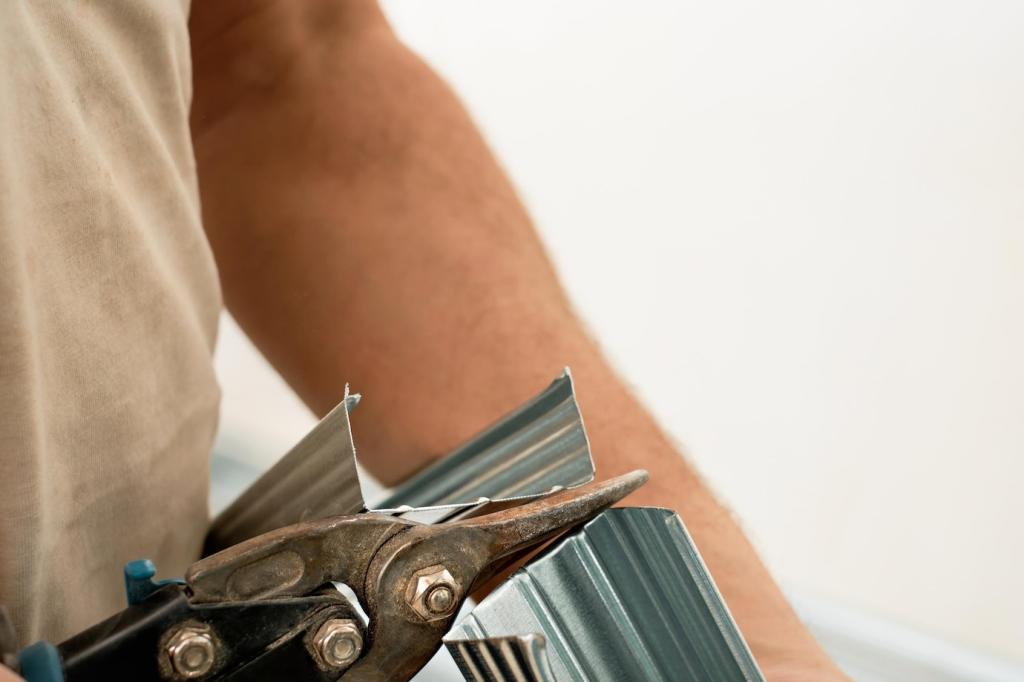
Right Cleaner, Right Finish
For sealed wood, a few drops of mild dish soap in warm water, wrung nearly dry, lifts grime safely. Avoid ammonia or oil‑soaked routines that smear. Always test discreetly and dry immediately to prevent streaks and swelling at joints.
Upholstery and Fabric: Vacuum, Blot, and Protect
01
Vacuuming Prevents Fiber Breakage
Use the upholstery tool weekly to pull dust from seams, buttons, and cushion creases. Grit between fibers acts like a tiny saw, accelerating wear and flattening pile. Regular vacuuming preserves color, loft, and that showroom‑smooth hand feel.
02
Know Your Cleaning Codes: W, S, WS, X
Check the tag: W accepts water‑based cleaners; S needs solvent‑based formulas; WS handles either carefully; X is vacuum only. Blot spills immediately, never rub, and test spot cleanings. For mystery fabrics, start with plain water and patience.
03
Stain Strategy That Works
Blot liquids with a white cloth, working outside in. For food or body oils, a mild upholstery cleaner or enzyme formula helps. Rinse by blotting with damp cloths, then dry with airflow. Rotate cushions to even out pressure and fading.
Leather and Faux Leather: Hydrate, Clean, and Shield
Dust first, then use a slightly damp, soft cloth to lift body oils and everyday soil. Follow with a dry cloth. Skip alcohol and harsh detergents that dehydrate surfaces. A simple habit prevents shine spots and stubborn darkening on armrests.
Leather and Faux Leather: Hydrate, Clean, and Shield
Every three to six months, apply a pH‑balanced conditioner sparingly, then buff. Over‑conditioning attracts dust; under‑conditioning invites micro‑cracks. Always test in a hidden corner and watch how the finish absorbs before treating the entire piece.


Metal, Stone, and Glass: Shine Without Scratches
Metal: Clean, Dry, and Defend
For chrome or stainless, wipe with a damp microfiber then dry immediately to prevent water spots and corrosion. Skip steel wool that scars finishes. On brass, use a non‑abrasive polish sparingly and seal finger‑prone areas with a microcrystalline wax.
Stone: Respect the Seal
Use pH‑neutral stone cleaner on marble or granite, never vinegar or citrus. Blot spills quickly, especially wine and coffee. Reseal as recommended by the manufacturer—often annually—to keep pores protected and stains from setting deep within.
Glass: Streak‑Free, Scratch‑Free
Adopt the two‑cloth method: one cloth slightly damp with warm water and a drop of mild soap, the other dry for buffing. Wipe edges lightly to protect sealants. This approach avoids haze and prevents hairline scratches from gritty paper towels.
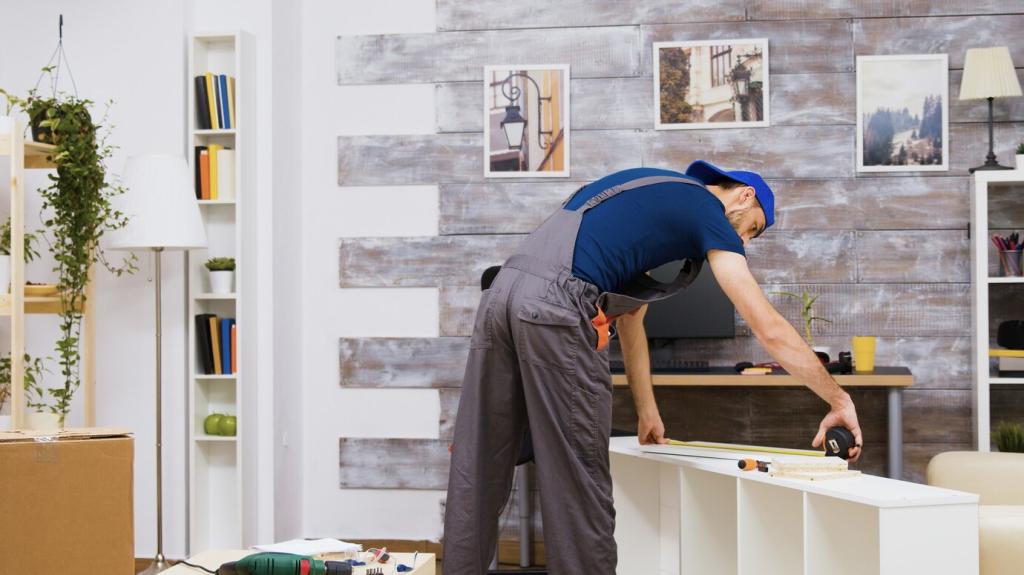
Teak gracefully silvers; clean with mild soap and a soft brush, following the grain. For resin wicker or powder‑coated aluminum, use a pH‑neutral wash and rinse thoroughly. Always dry in shade to prevent water spots and heat‑set residues.
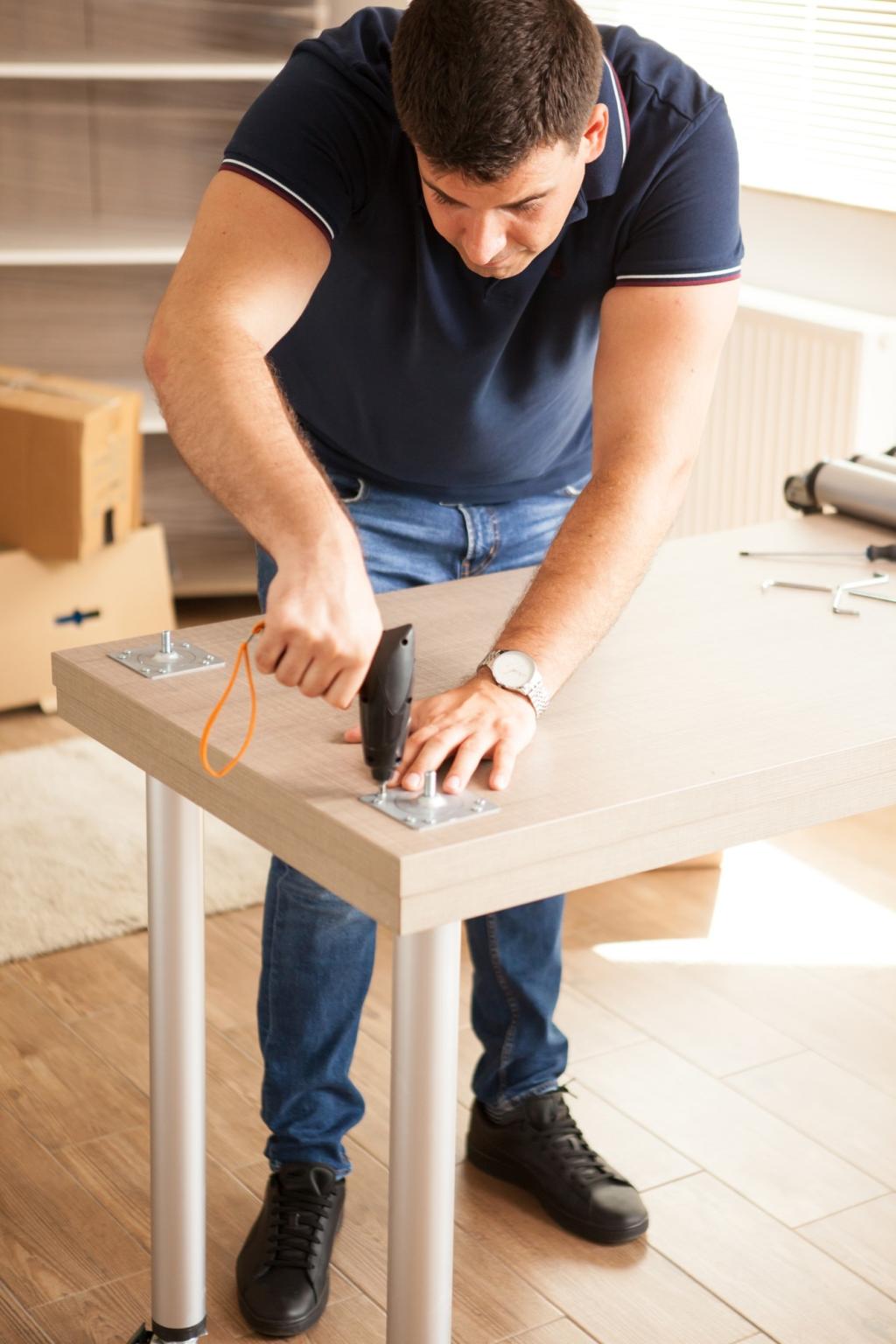
Each spring, scrub frames, launder cushions per tag, treat mildew with oxygen‑based cleaners, and inspect hardware. In fall, repeat, then fully dry before covering. Proper airflow under covers prevents condensation, corrosion, and off‑season odor build‑up.
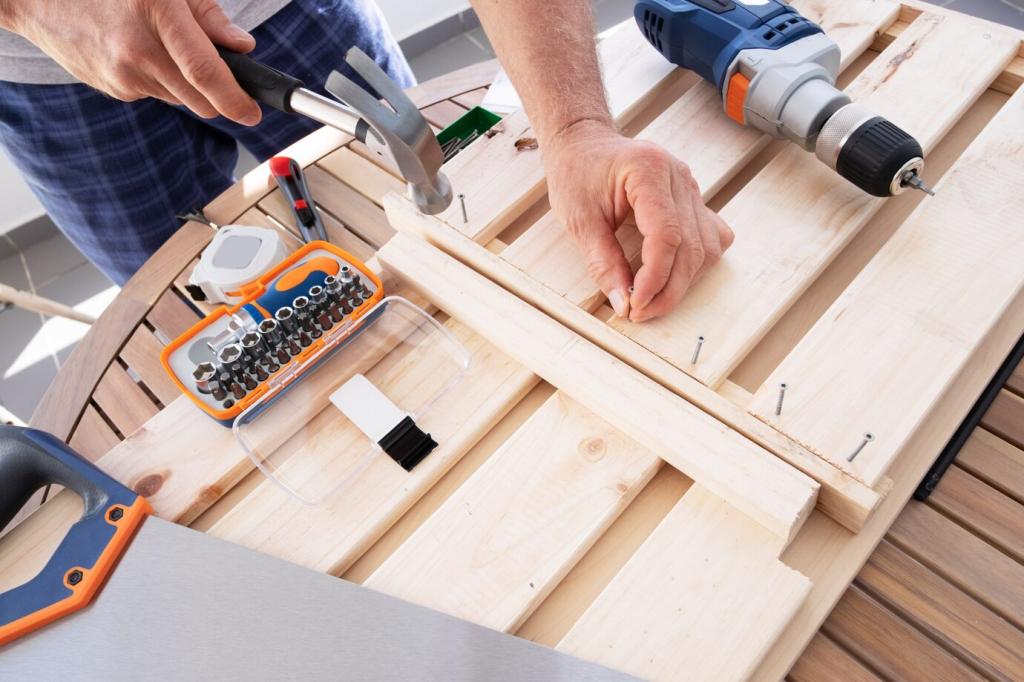
Two neighbors had identical chairs. One covered and rinsed them after storms; the other waited for summer. After three years, the cared‑for set still clicked smoothly and held color, while the other showed rust, chalking, and brittle straps.
Build Your Cleaning Calendar and Community
Schedule ten‑minute weekly dusting, monthly wipe‑downs, and quarterly deep cleans. Small tasks compound into big results. Print a checklist, set reminders, and celebrate the wins—like a spill saved or a finish that still gleams next season.
